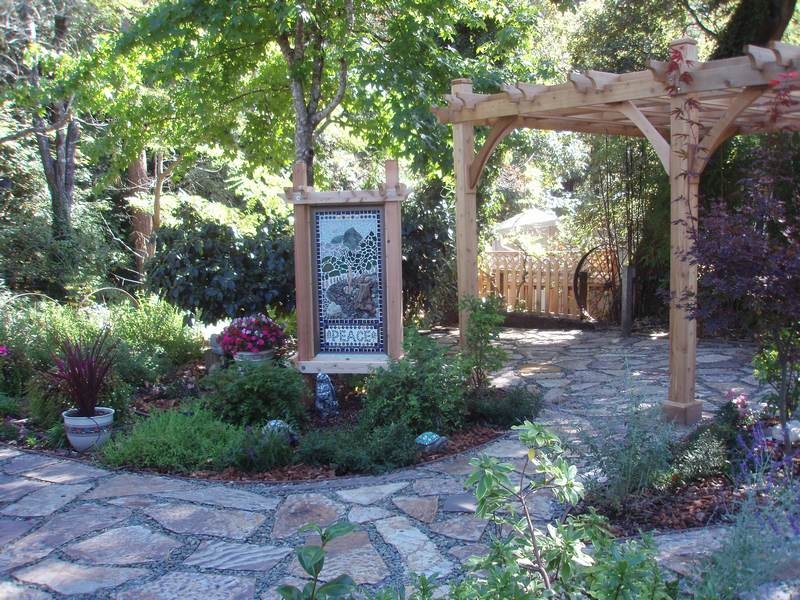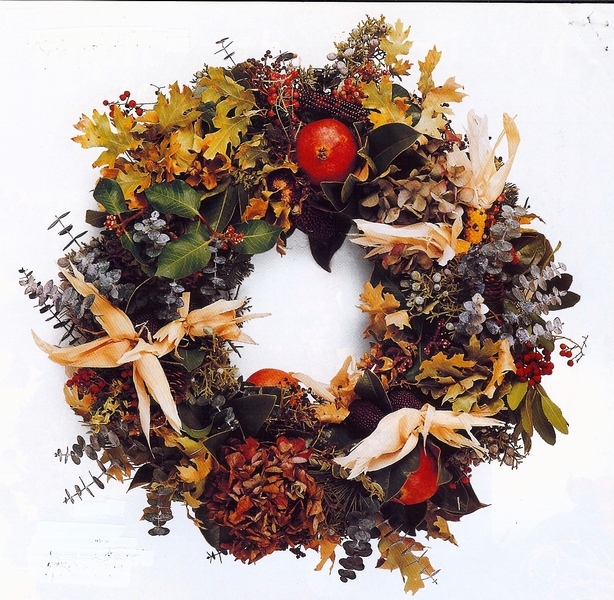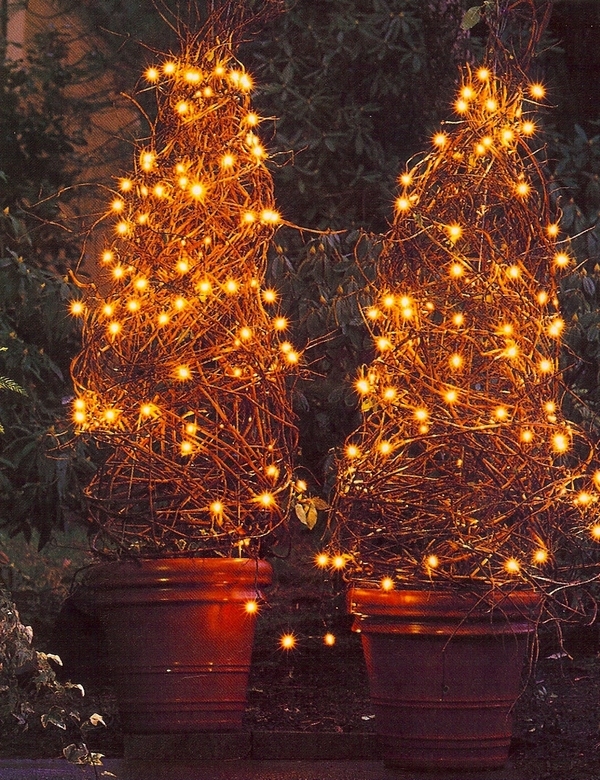Realizing that no one wants to actually work outside in the garden the week after Christmas, this column is devoted to something you can do from the comfort and warmth of an arm-chair or while looking out your windows.
Make an entry in your garden journal (If you don’t have one, it’s never too late to start.)
Record what did well this year in your garden. Were the fruit trees loaded with fruit as you’d hoped? How many times did you fertilize them? Did they flower well? How many bees did you see pollinating them? Should you add more plants to attract them? Insect or disease problems? Room for more? What kinds would extend your harvest season?
Make notes of what other edibles you want to include in the garden next year. Bare root season starts in January making it easy to plant grapes, blackberries, strawberries, raspberries, blueberries, artichokes and asparagus.
How productive were the tomatoes and other veggies? Did you add enough compost to the beds to really feed the soil and the microorganisms? Did you rotate your crops to prevent a build up of insect and fungal problems?
Think about how the perennials in your garden fared – the successes and not so great results. Make a note if there are any higher water usage plants among the drought tolerant ones. Come March, move them to a spot you’ve allocated a bit more water.
While you still sitting in that comfy chair, think about what changes you want to make to your garden. Here are some tips for successful garden design:
Take inventory
How do you want to use your garden? What activities do you want for outdoor living? Examples include outdoor dining, a play space for the kids, watching wildlife, or a cutting garden that can be enjoyed form the kitchen window. Look out your windows and decide if what you see needs a little enhancement. Use this list to lay out your design or improvements.
Know your site
Just as important as knowing your needs is exploring what your site has to offer. You can call it site analysis but it’s simply observing your garden over time. Where does the sun rise and fall as the seasons change? Which spots are hot and sunny and which are shady and cool? Put the terrace for morning coffee where you’ll be warmed by the morning sun and that relaxing retreat for reading where you’ll be shaded on a hot summer afternoon.
Choose a style
What feeling do you want to express in your garden? Do you like the look of an Asian garden or maybe a country garden like those in Provence? Maybe your ready for the clean look of a contemporary garden. Choosing a theme helps pull the design together. Think of the difference in feeling between a terra cotta pot overflowing with herbs and a modern water fountain. Find inspiration in garden books and magazines and turn to them when shopping for materials for a path, furniture for the patio or plants for the beds.
Add a framework
Whether it’s the stone patio that gives the garden structure or the curve of a path , the bones of your garden are created by all of the elements in it. Mark the boundaries of your garden. Add privacy with screening from fences, arbors or informal hedges. Create garden rooms- distinct areas using plaints or a change of grade.
Sometimes a garden can seem larger if you block out what’s beyond it, drawing the eye inward. On the other hand, know when to borrow scenery like a view of the mountains or a neighbors tree.
Select the right plants
Choose plants that support your design and meet your time available for maintenance. Plants bring life to the garden. They provide seasonal change, abundant bloom and bring wildlife. Keep in mind how much time you want to spend taking care of your garden. All gardens require maintenance. A combination of shrubs and ground covers requires the least amount of work. Perennials take more work- deadheading, trimming and dividing. Native plants need little summer water and minimal care once established. Whatever the size of your property, consider devoting a portion of it to native plants to create a wildlife area.
Take stock of your garden from the comfort of your home and be ready for action when spring arrives.


 A poem for Gardeners
A poem for Gardeners  ing a little pruning done? While you’re in the decorating mood, take advantage of this opportunity to prune your evergreens to use in wreaths and swags. Cuttings from Douglas fir, redwoods, pine, holly, mahonia, make fine additions to your wreaths and swags. But don’t whack off snippets indiscriminately. To reveal the plant’s naturally handsome form, prune from the bottom up and from the inside out. Avoid ugly stubs by cutting back to the next largest branch or to the trunk. If the plant has grown too dense, selectively remove whole branches to allow more air and sunlight to reach into the plant. To force upward growth, cut the branch just beyond an upward facing shoot. To foster spreading growth, cut the branch just beyond a downward facing shoot.
ing a little pruning done? While you’re in the decorating mood, take advantage of this opportunity to prune your evergreens to use in wreaths and swags. Cuttings from Douglas fir, redwoods, pine, holly, mahonia, make fine additions to your wreaths and swags. But don’t whack off snippets indiscriminately. To reveal the plant’s naturally handsome form, prune from the bottom up and from the inside out. Avoid ugly stubs by cutting back to the next largest branch or to the trunk. If the plant has grown too dense, selectively remove whole branches to allow more air and sunlight to reach into the plant. To force upward growth, cut the branch just beyond an upward facing shoot. To foster spreading growth, cut the branch just beyond a downward facing shoot.  n and secured with large U-shaped staples poked into the pot’s soil. Tie the wire prongs that are normally sunk into the ground with twine to make a pointed top.
n and secured with large U-shaped staples poked into the pot’s soil. Tie the wire prongs that are normally sunk into the ground with twine to make a pointed top.